The first iPad, which Apple introduced back in 2010, practically gave birth to the tablet segment. It's therefore rather surprising that it doesn't allow something as basic as multi-user support, which Mac computers have been able to do since time immemorial. Now even the tablets of Apple's biggest rival, i.e. Samsung, are getting this functionality.
When Steve Jobs introduced the iPad, he presented it as a personal device, and that's probably where the dog is buried. Personal devices should only be used by one person, i.e. you. If Apple allowed multi-user options in iPadOS, it would simply mean that the entire household could share one iPad — you, your significant other, the kids, and possibly grandparents and visitors. Except for the creation of clearly defined profiles, you could easily create a guest account for them. But this is precisely what Apple does not want, it wants to sell one iPad to you, one to your wife/husband, one to one child, one to another, etc.
It could be interest you
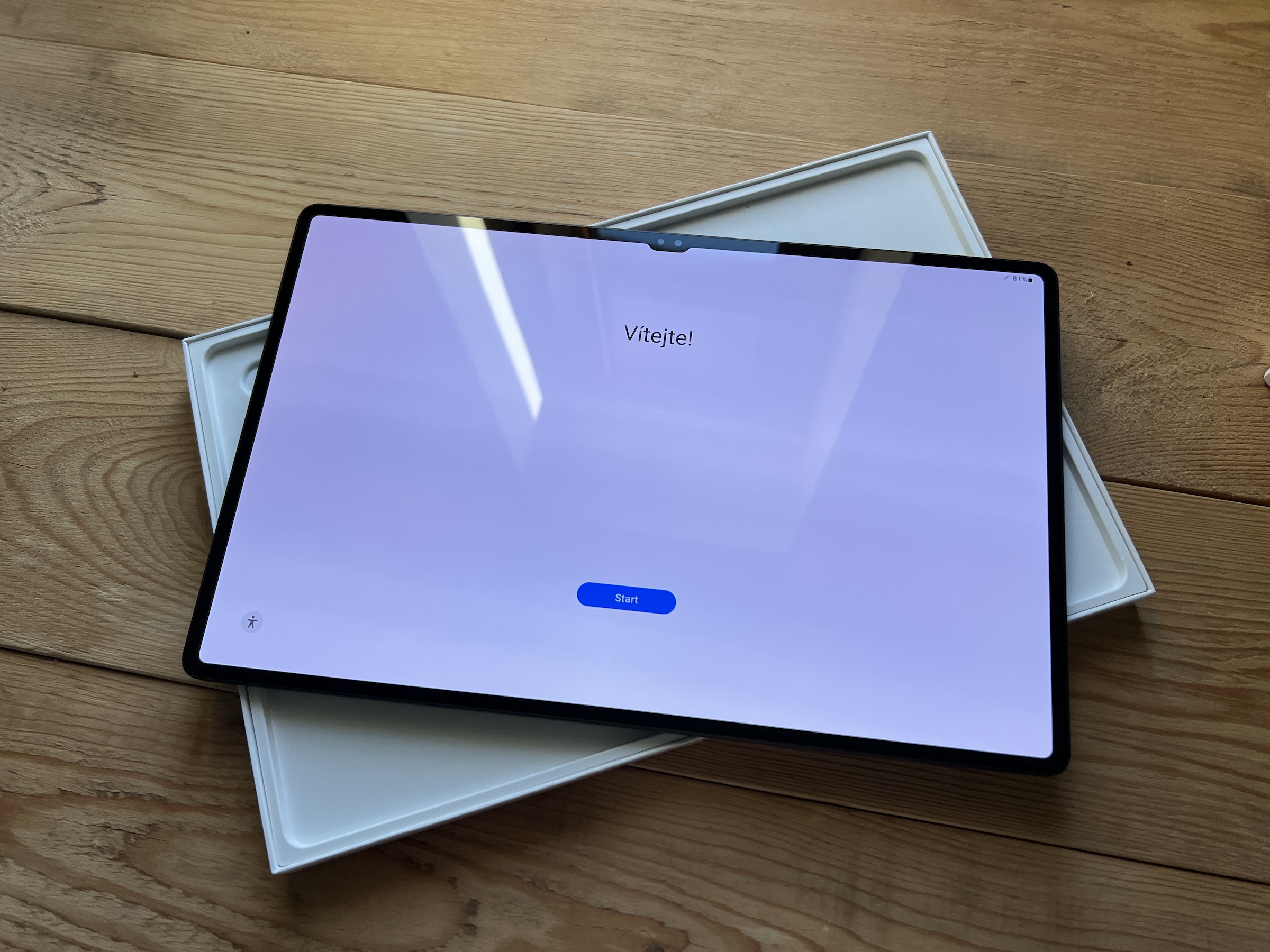
Android has been able to do this since 2013
Samsung also thought so, which did not offer the user the option of logging in with multiple accounts in its Android superstructure called One UI. The paradox was that Android has been able to do this since version 4.3 Jelly Bean, which Google released back in 2013. But precisely for the reasons stated above, it was not appropriate to provide this function across the board, which is why Samsung's tablets have not yet offered it either. But the South Korean manufacturer has now understood that this restriction is only annoying its users, and with the update of the Galaxy Tab S8 and S7 series to Android 13 with One UI 5.0, it is finally possible.
At the same time, the setting is very simple, because practically you just need to go to Settings -> Accounts and backups -> Users, where you see the administrator, i.e. typically you and the option to add a guest or directly add a user or profile. The advantage here is in several directions, but the main thing is that one device can be used by multiple users, with all their data. What does it mean?
Each new user will get their own home screen, sign in to their Google account, and have their own set of installed apps that won't interfere with other users. You simply won't see them. Individual users do not have to restart the device in any way, because the switchover takes place through the quick menu panel, which you pull down from the top of the display. It's that simple.
It could be interest you
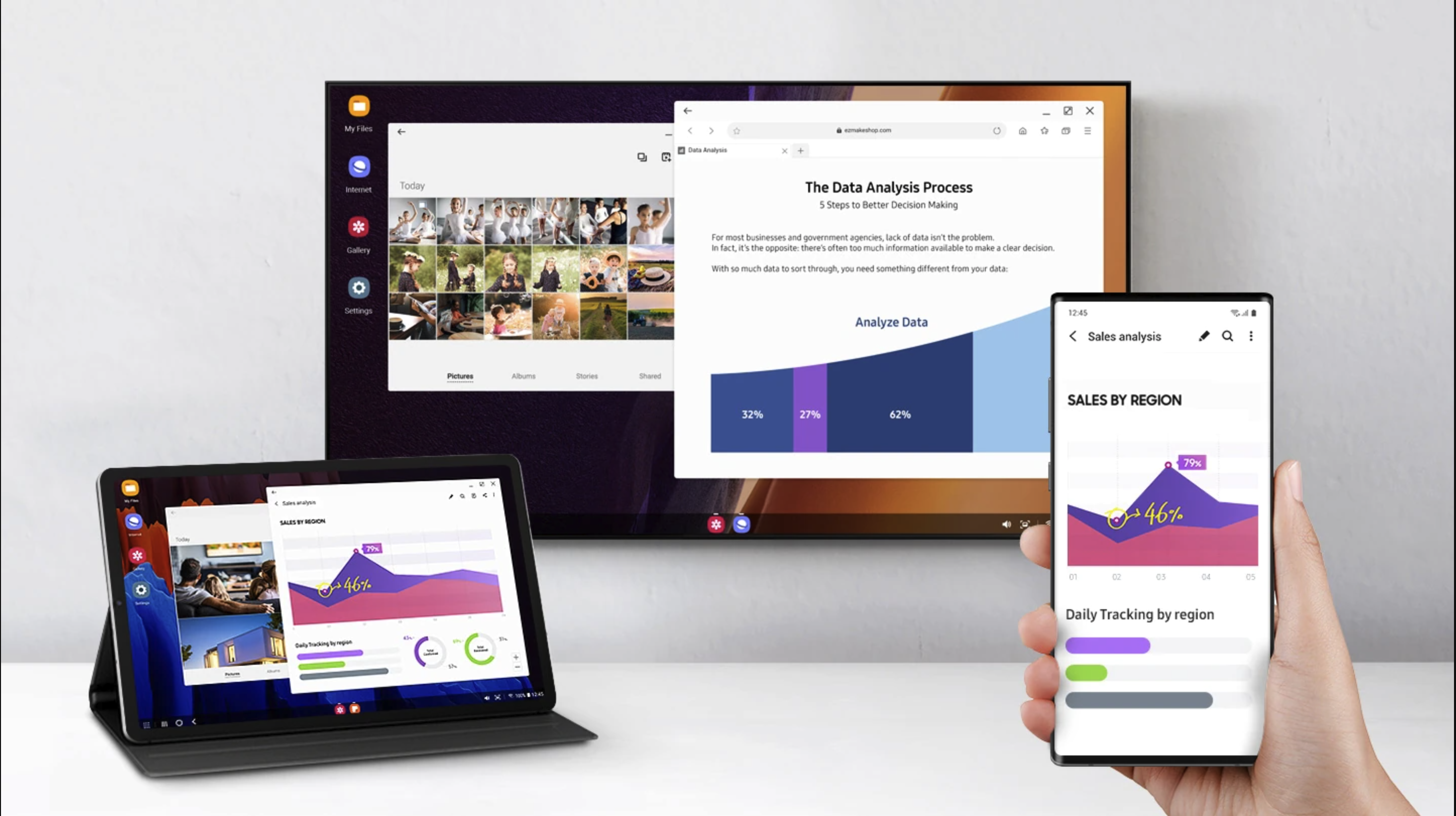
Maybe next year
In the world of tablet sales, they are plummeting because the market has become saturated and because many people don't really know what use such a device would be for them. The very possibility of making it a multimedia center for the home would mean that it would do without several models and one would be enough, on the other hand, it would increase the usability of the device and the need to own it even where it is not needed yet.
But there is a lot of speculation that Apple could already bring a docking station for the iPad next year, which should serve as a certain center of the household. It may therefore follow that Apple could finally bring the possibility of supporting multiple users to iPadOS, because otherwise this would not really make much sense.
 Adam Kos
Adam Kos 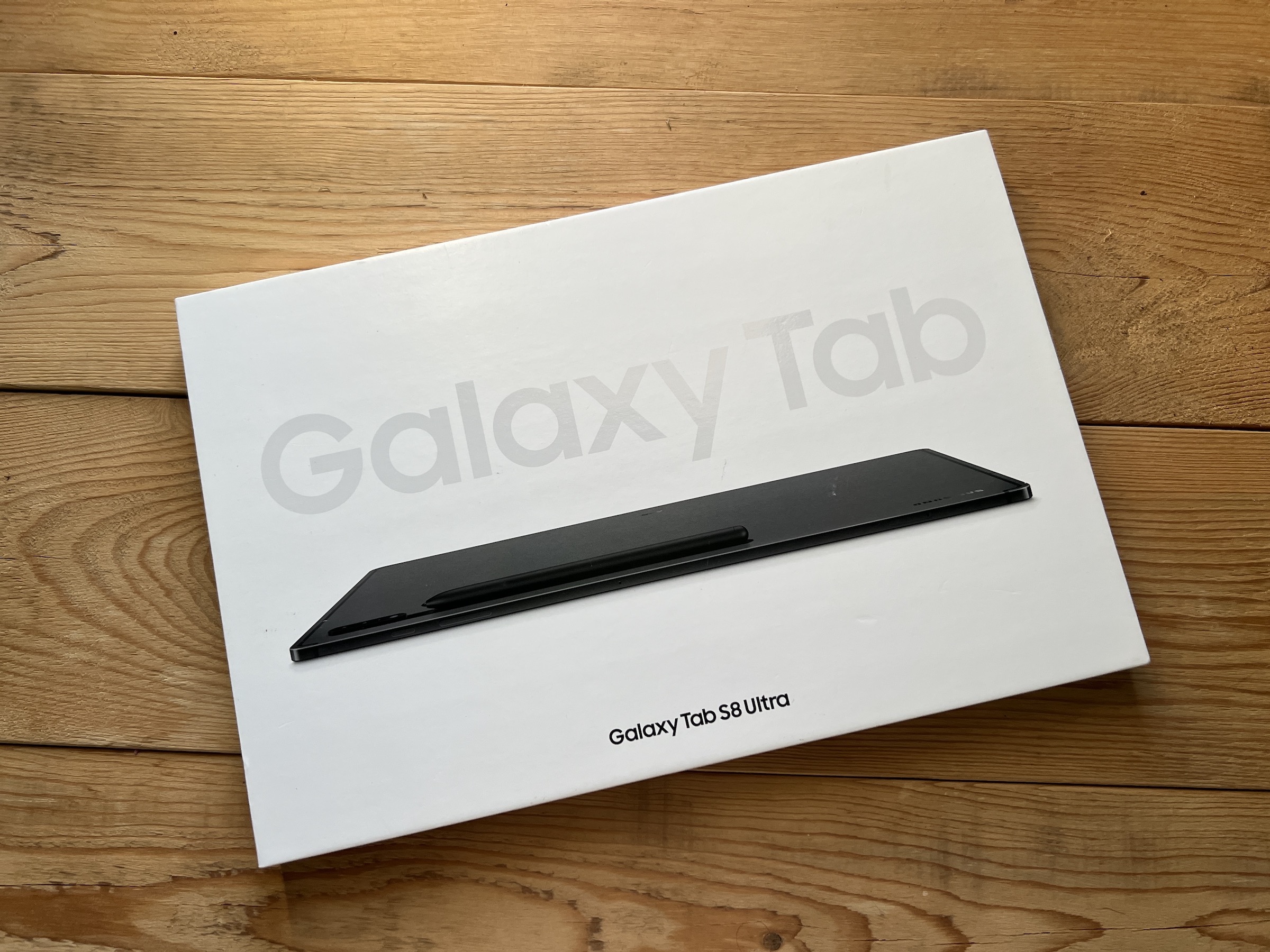

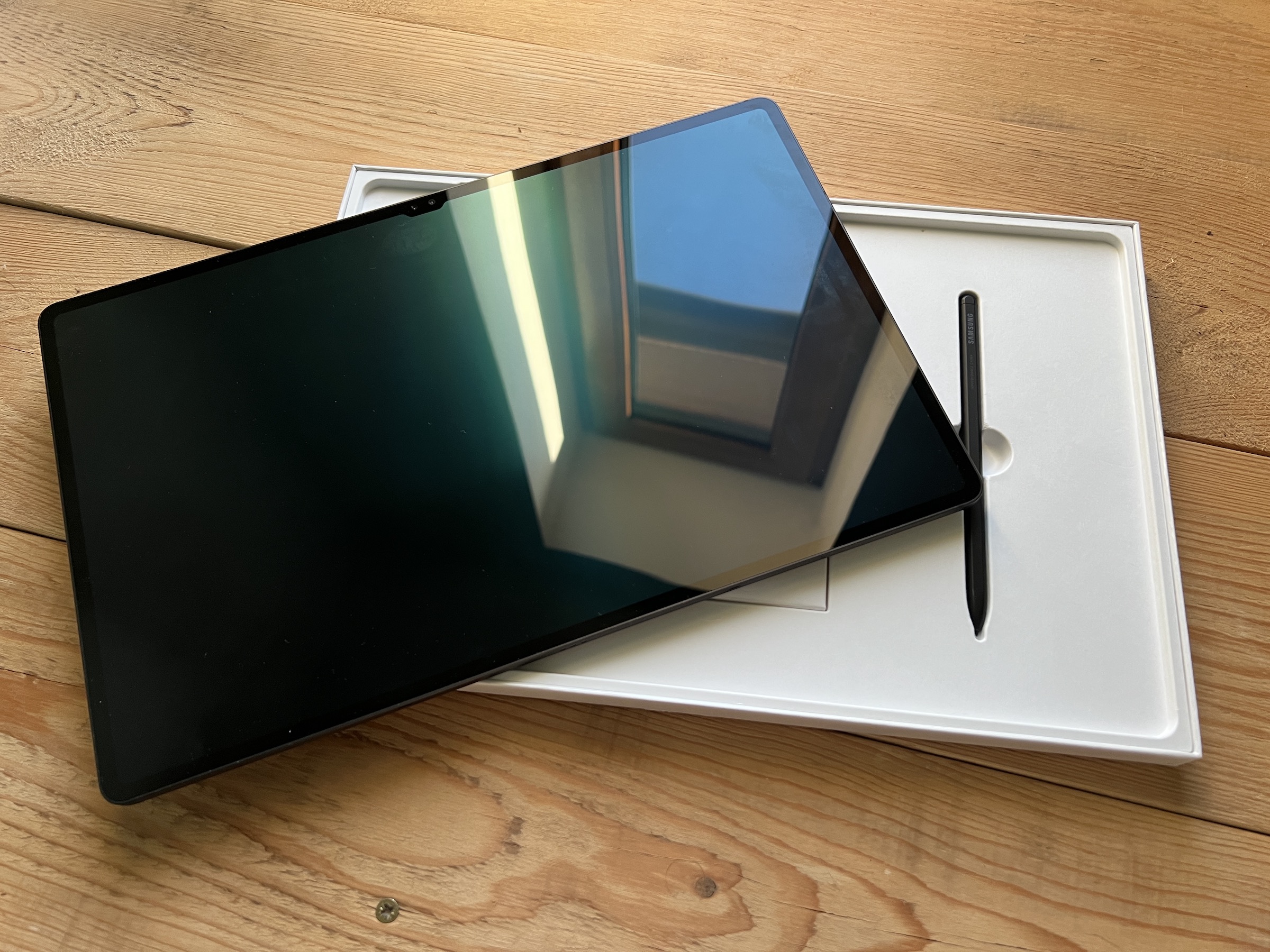
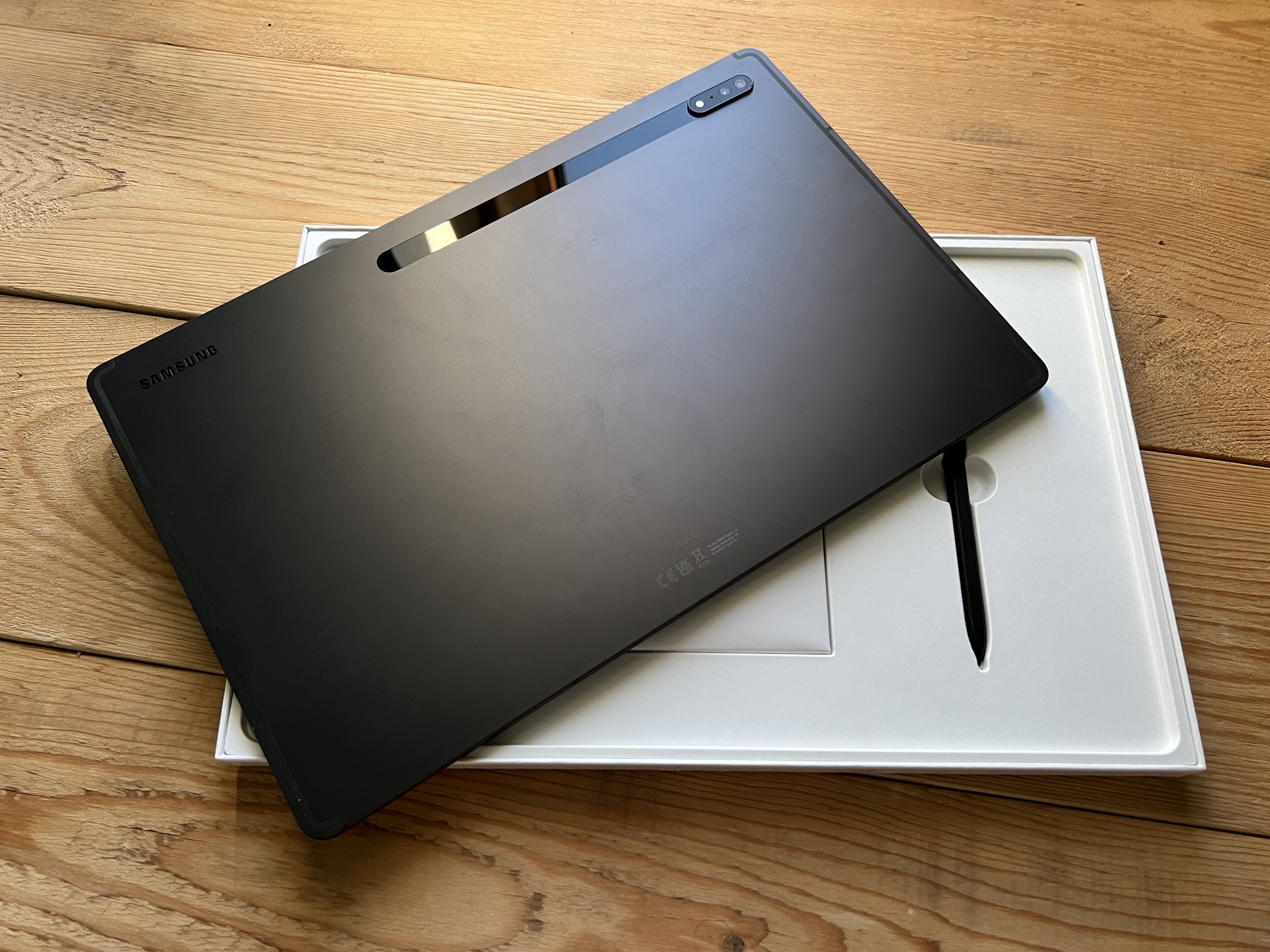
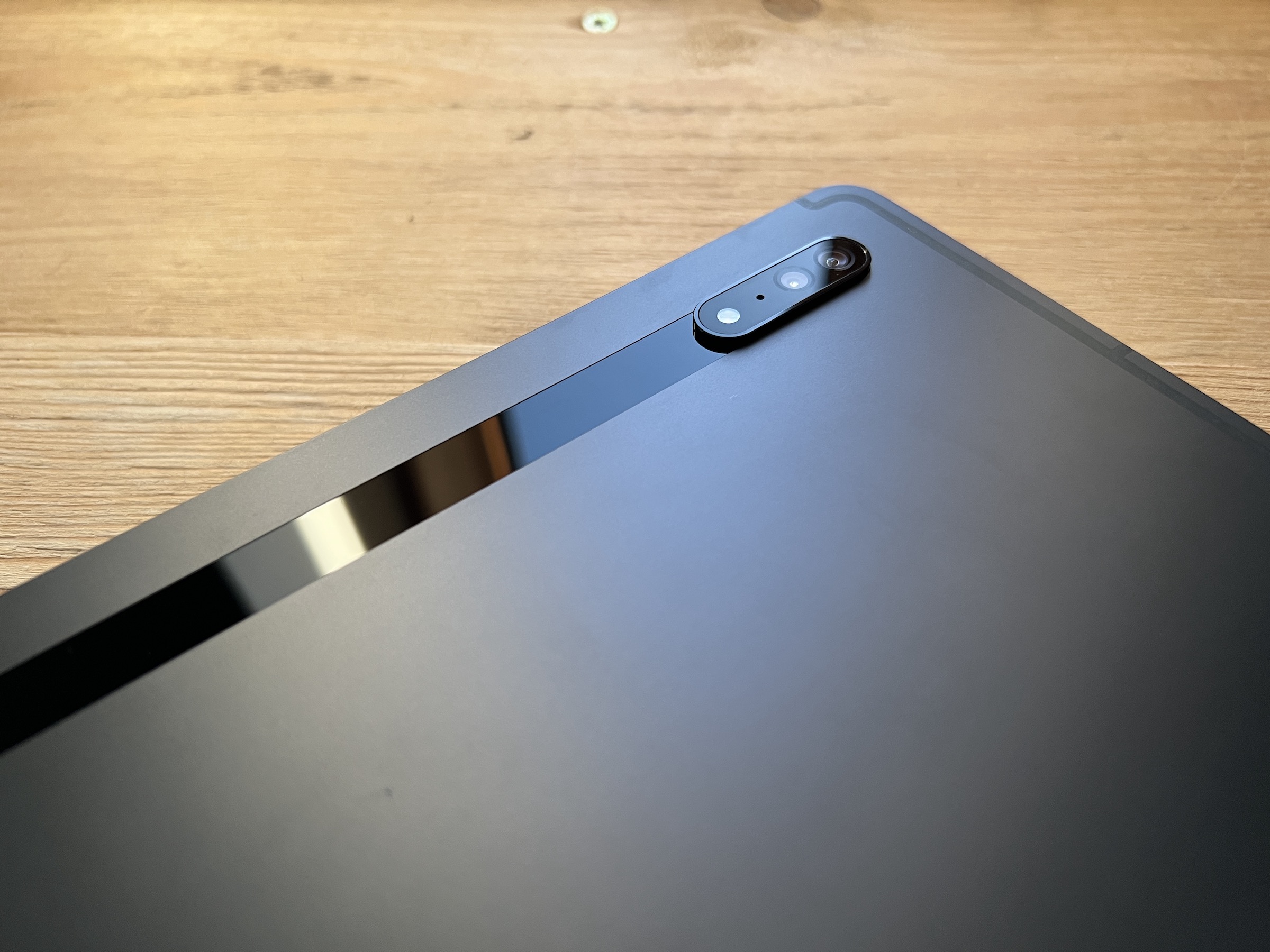
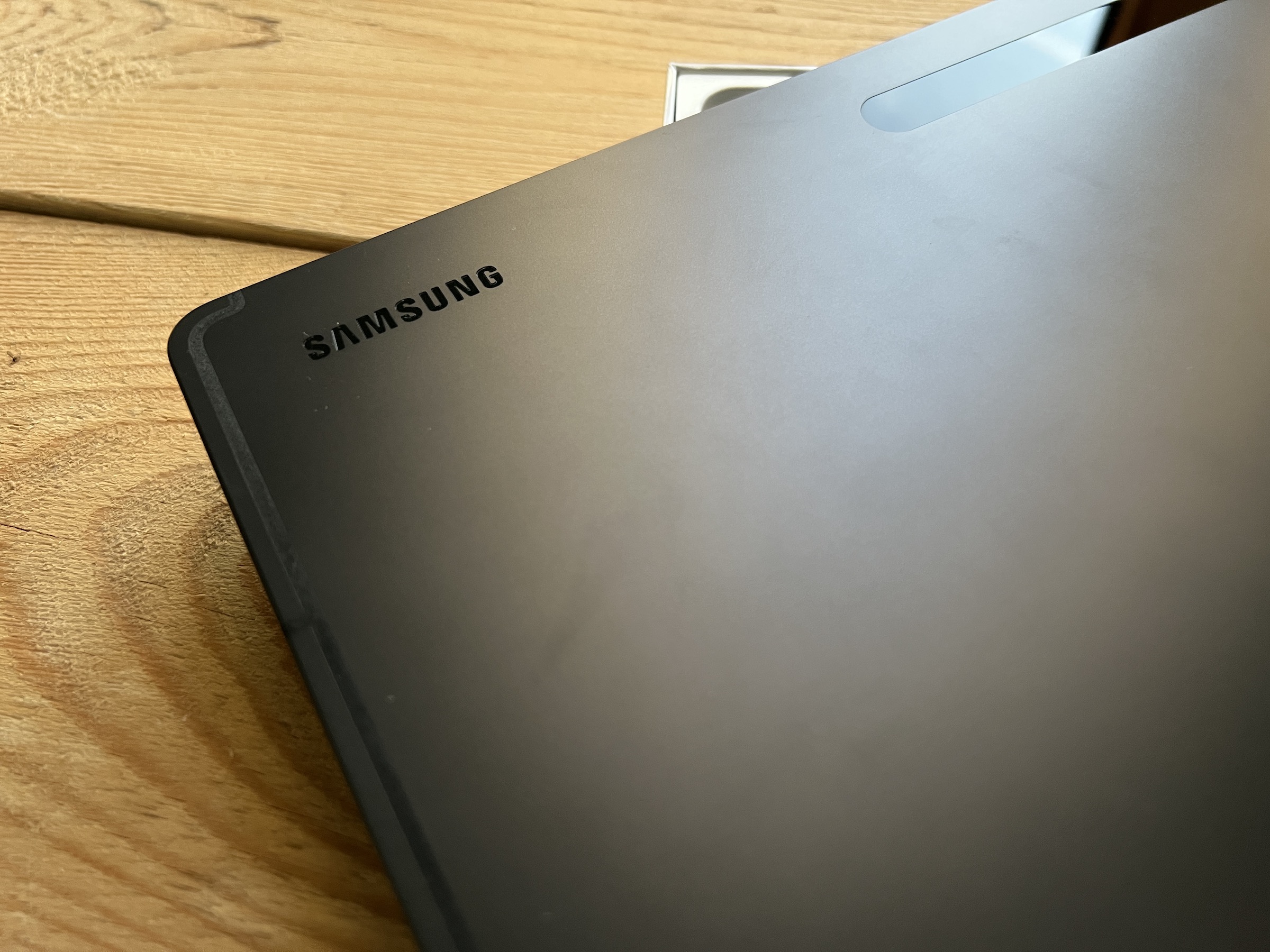

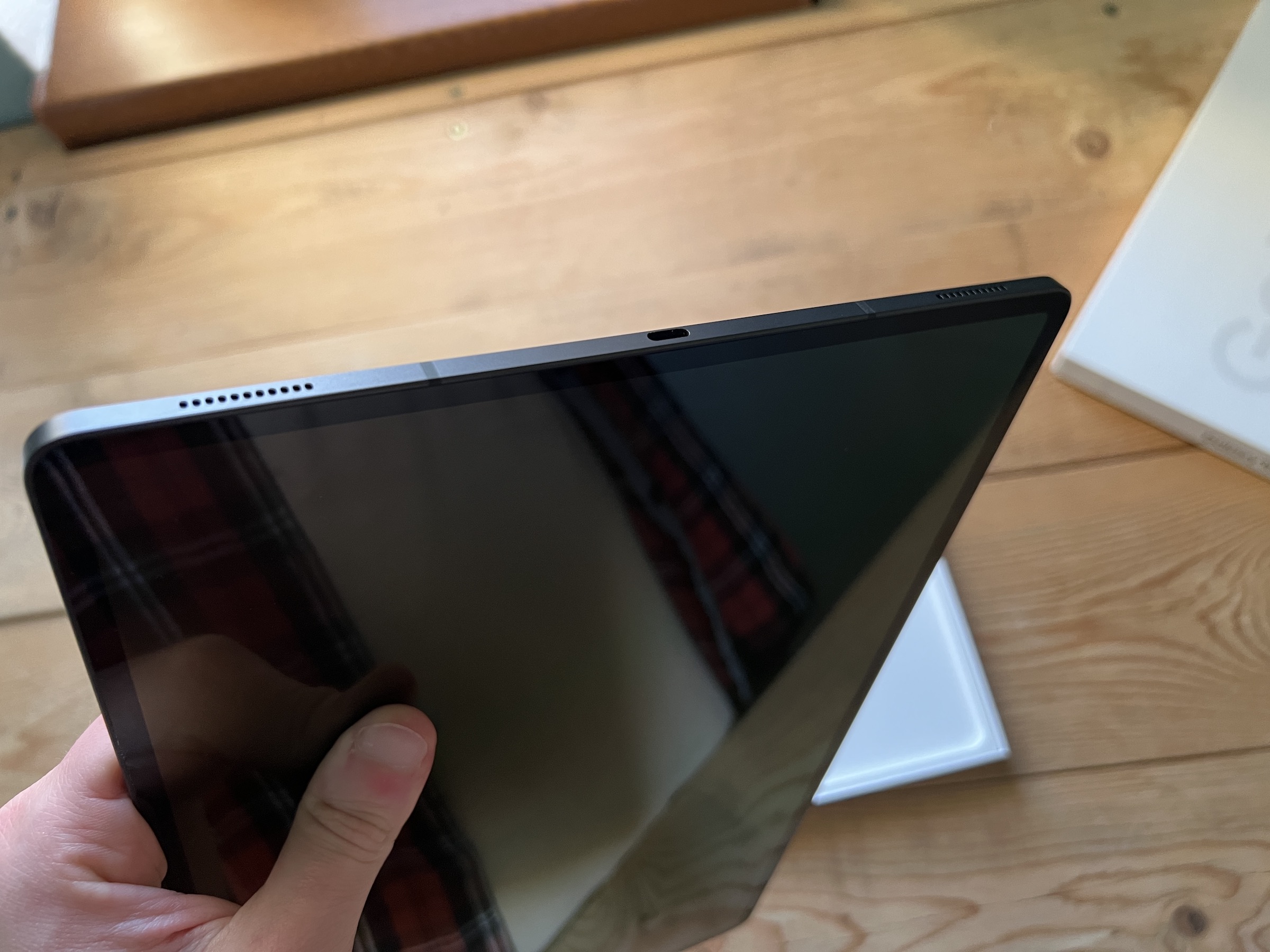
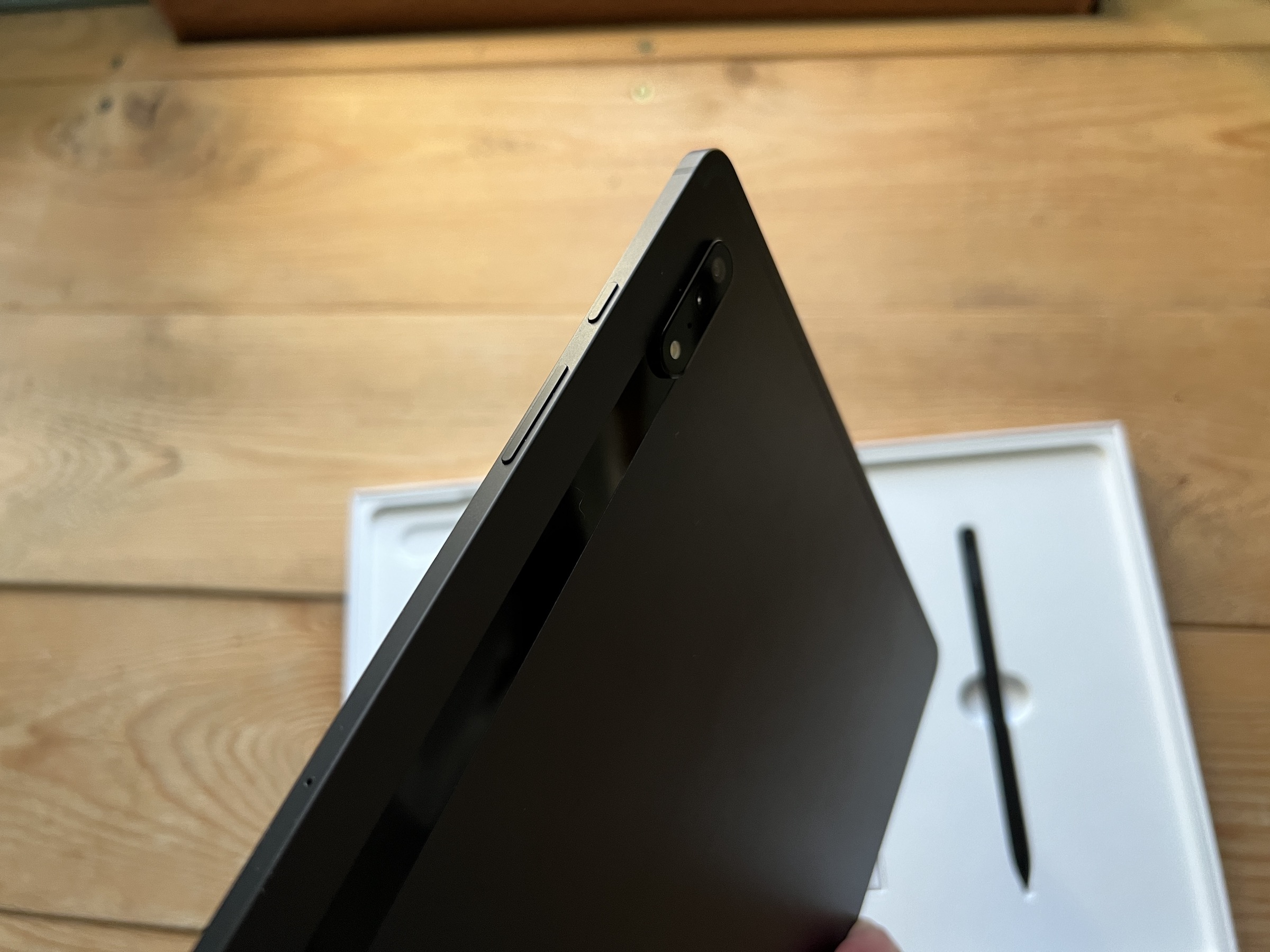
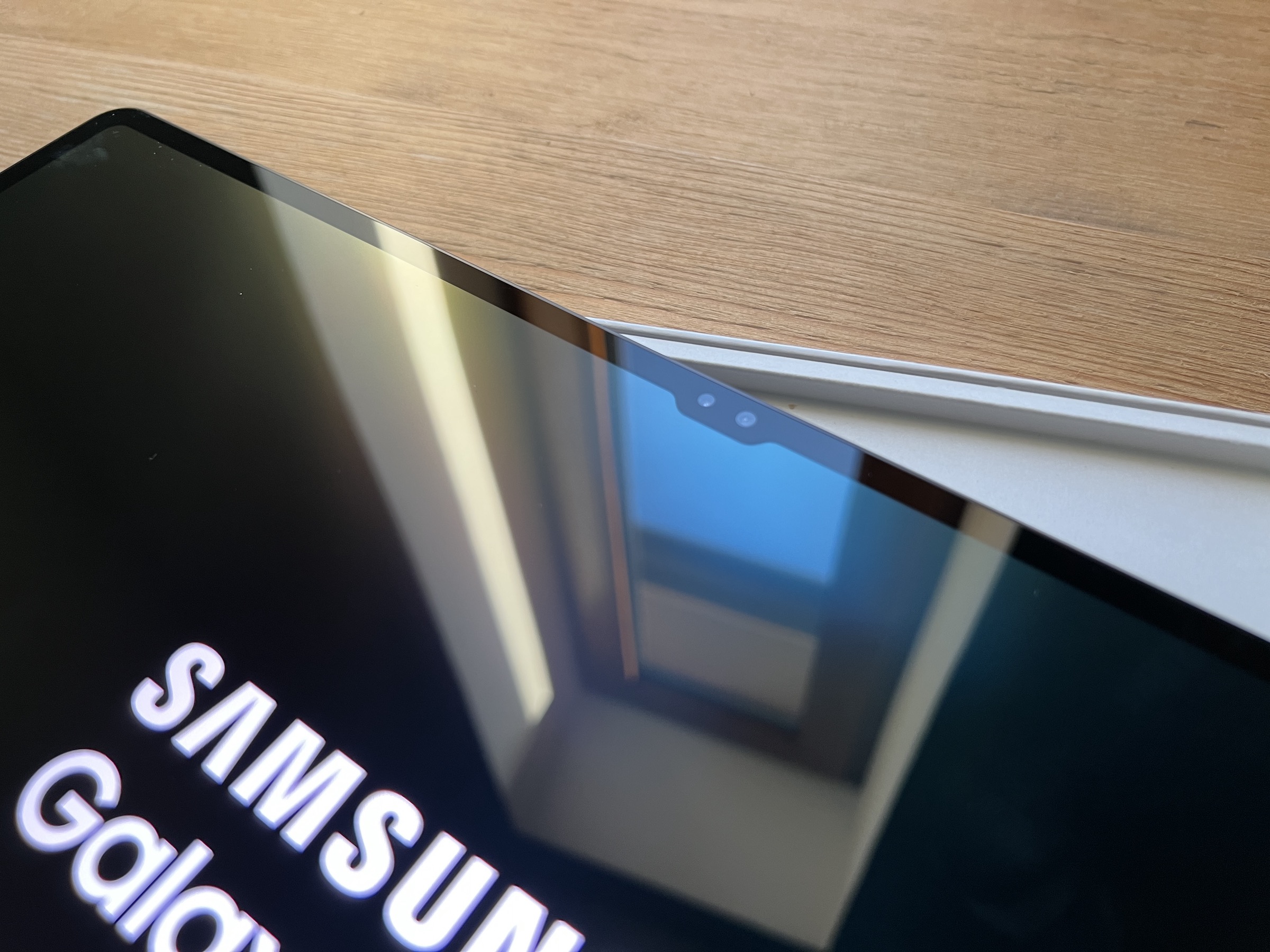
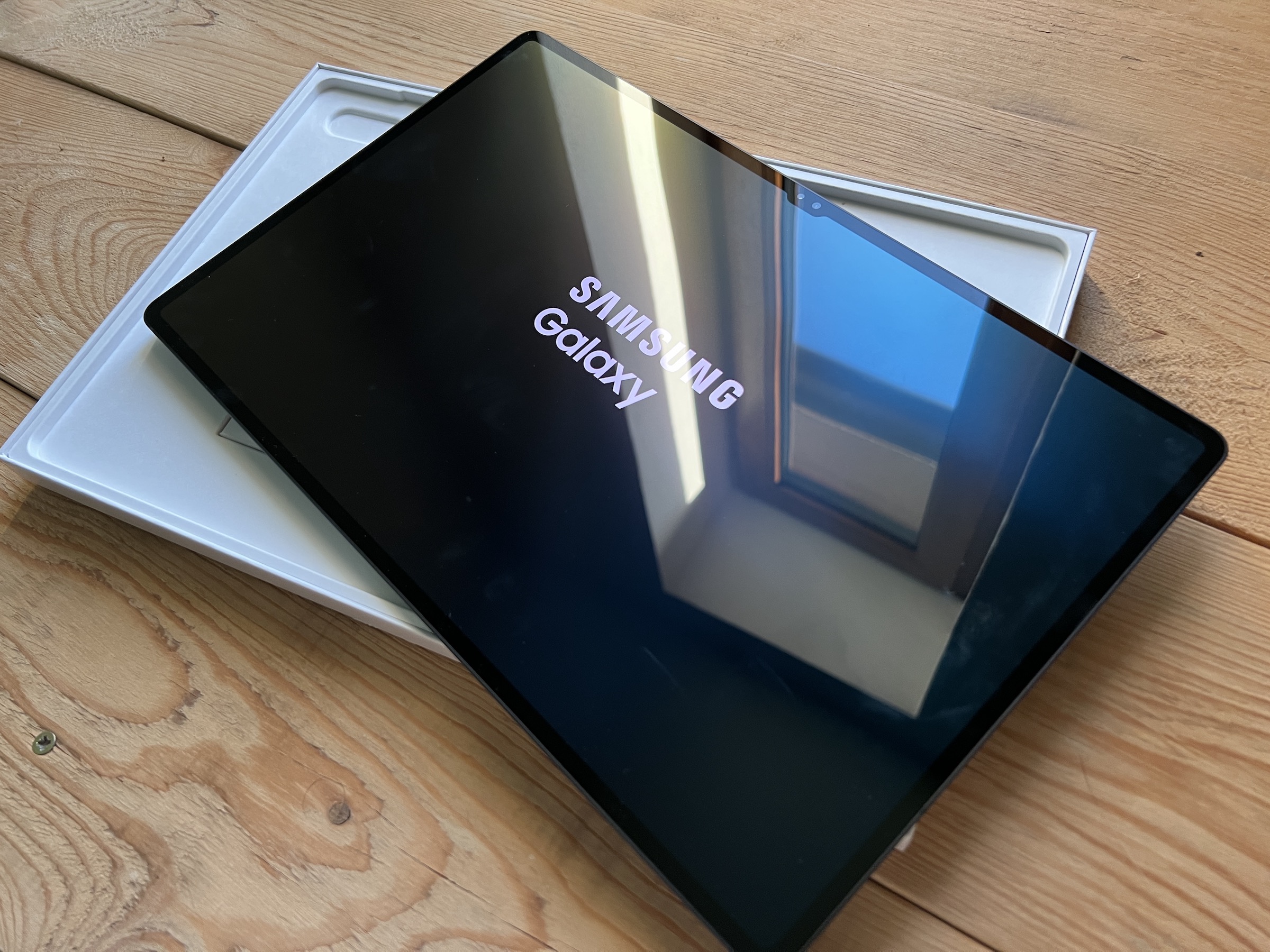
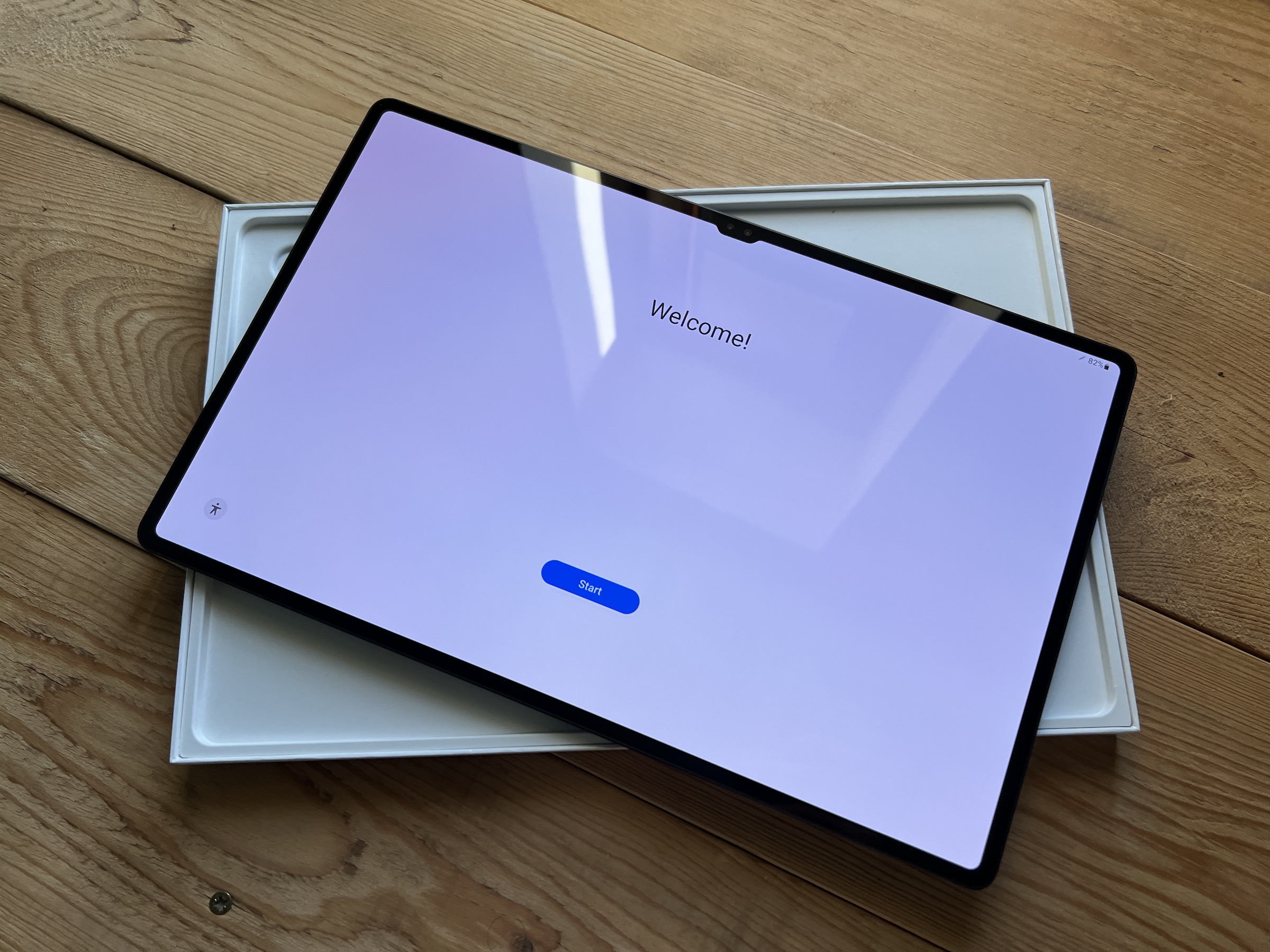
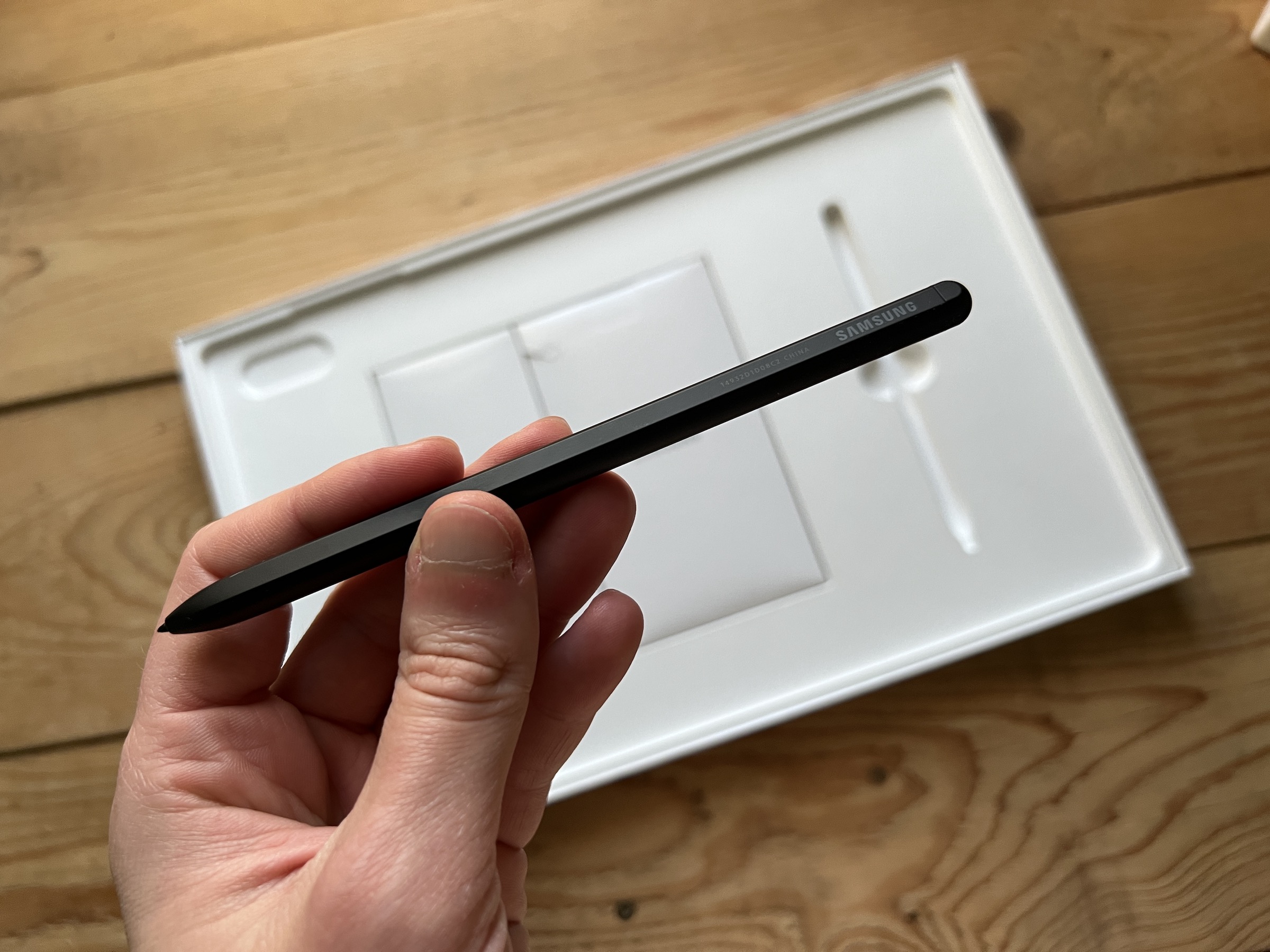

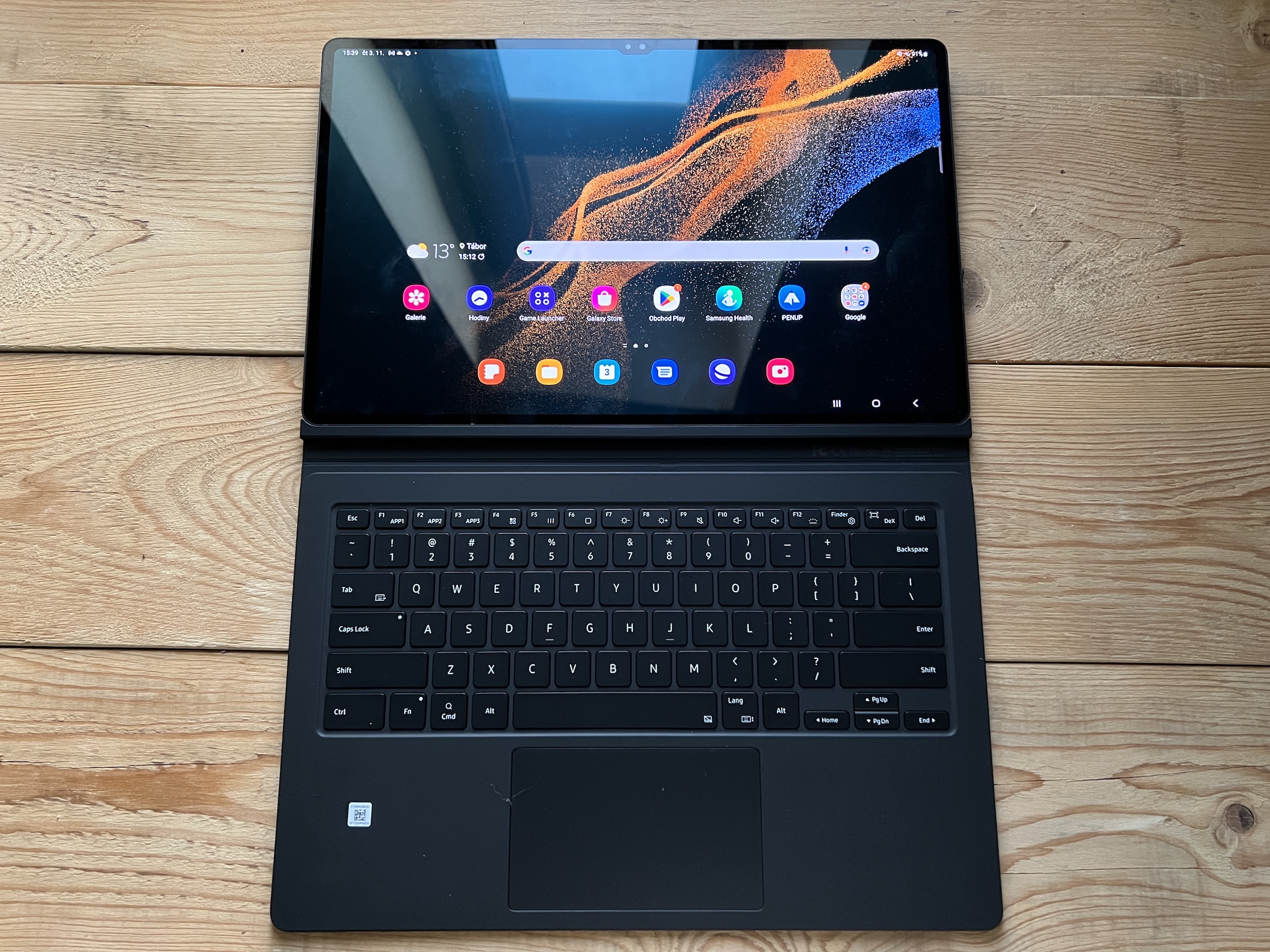
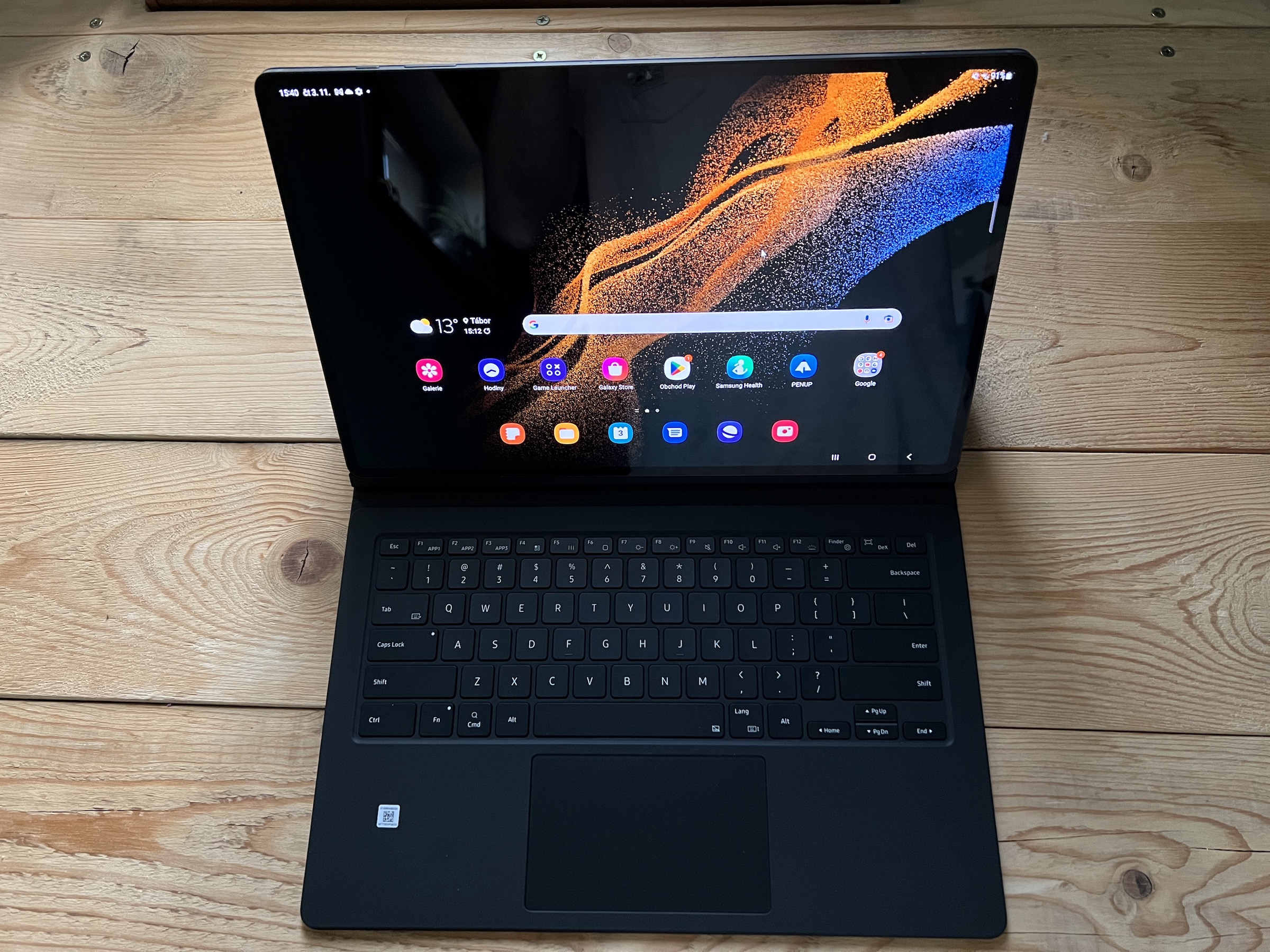
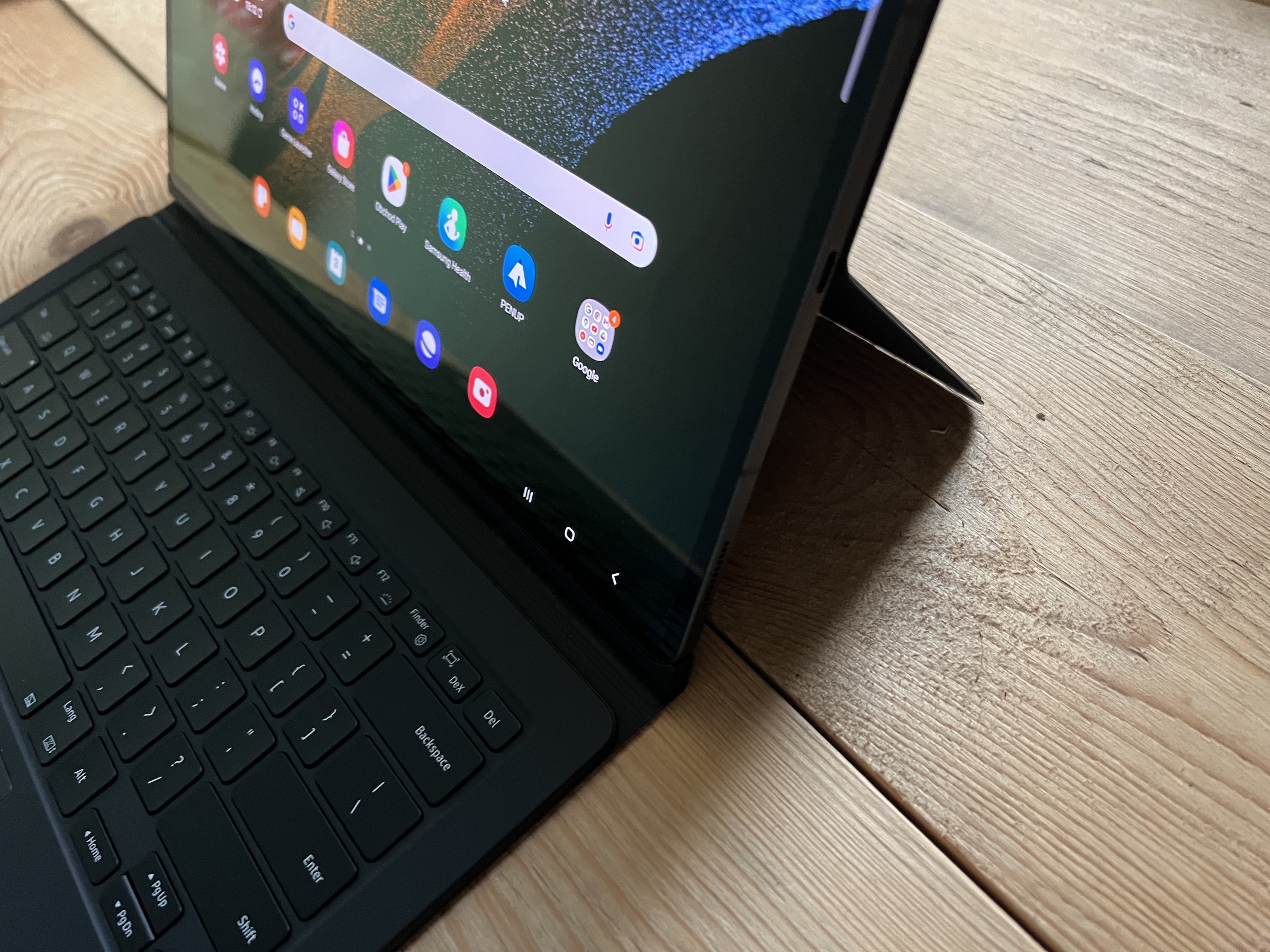
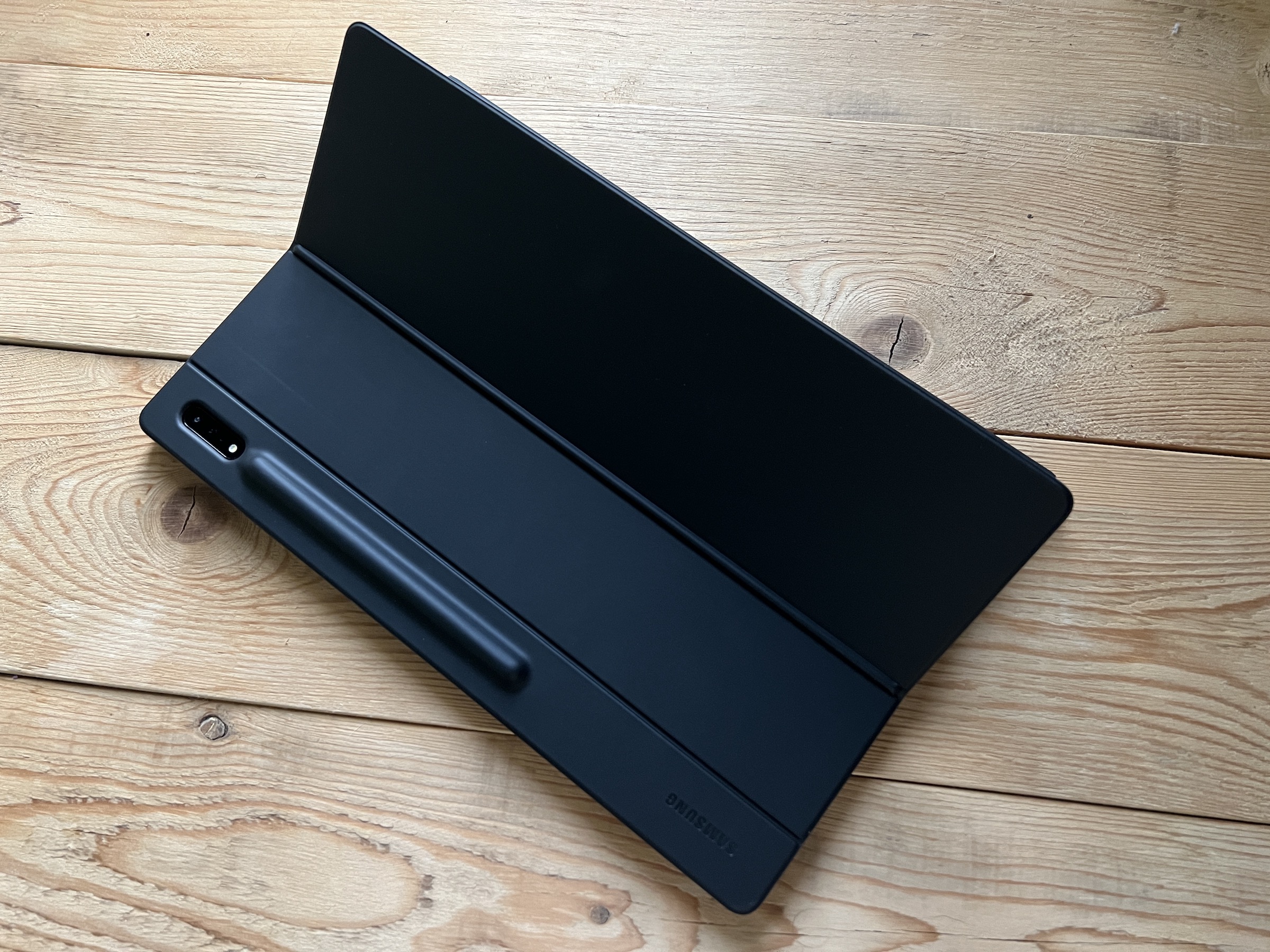
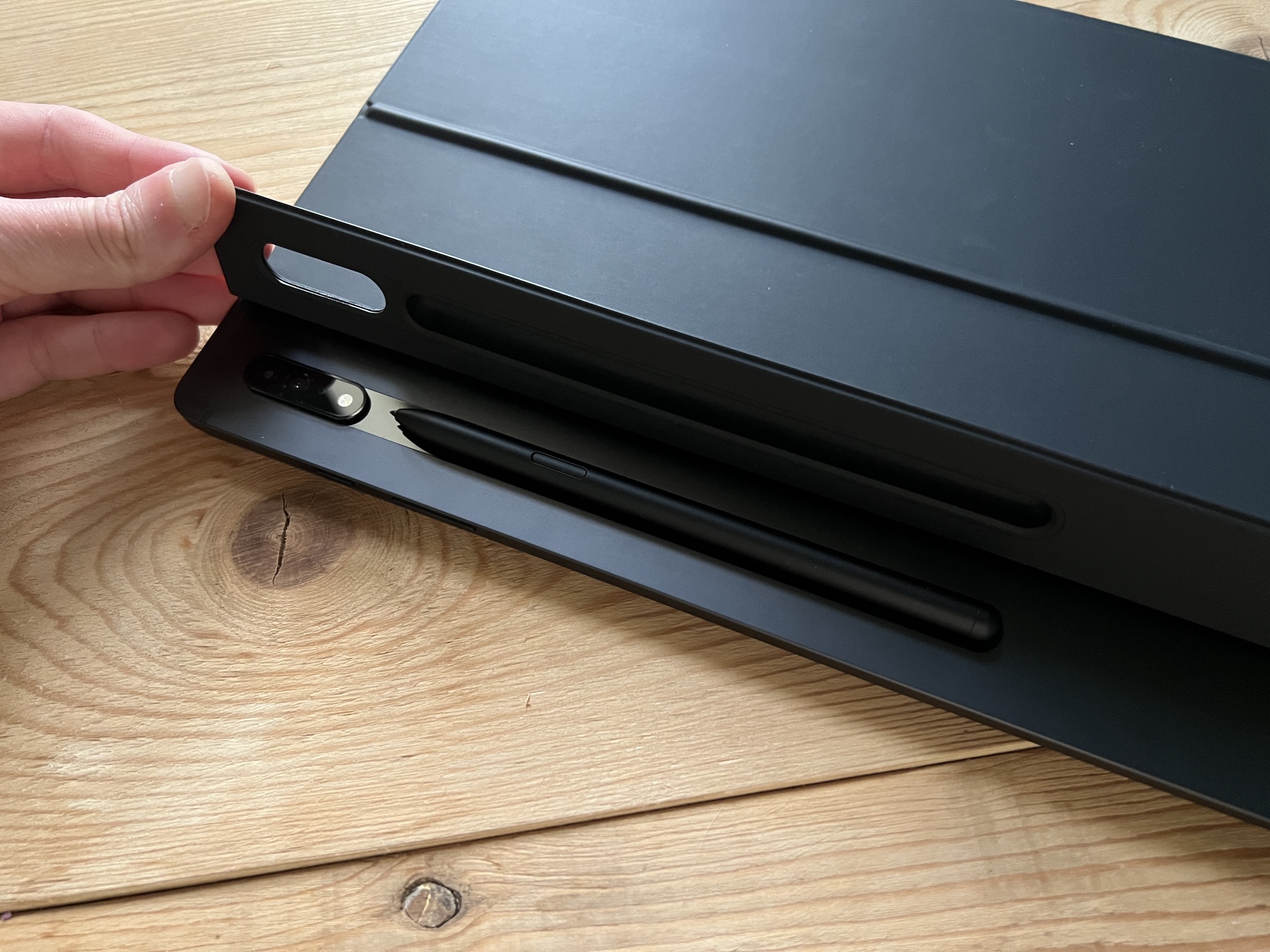
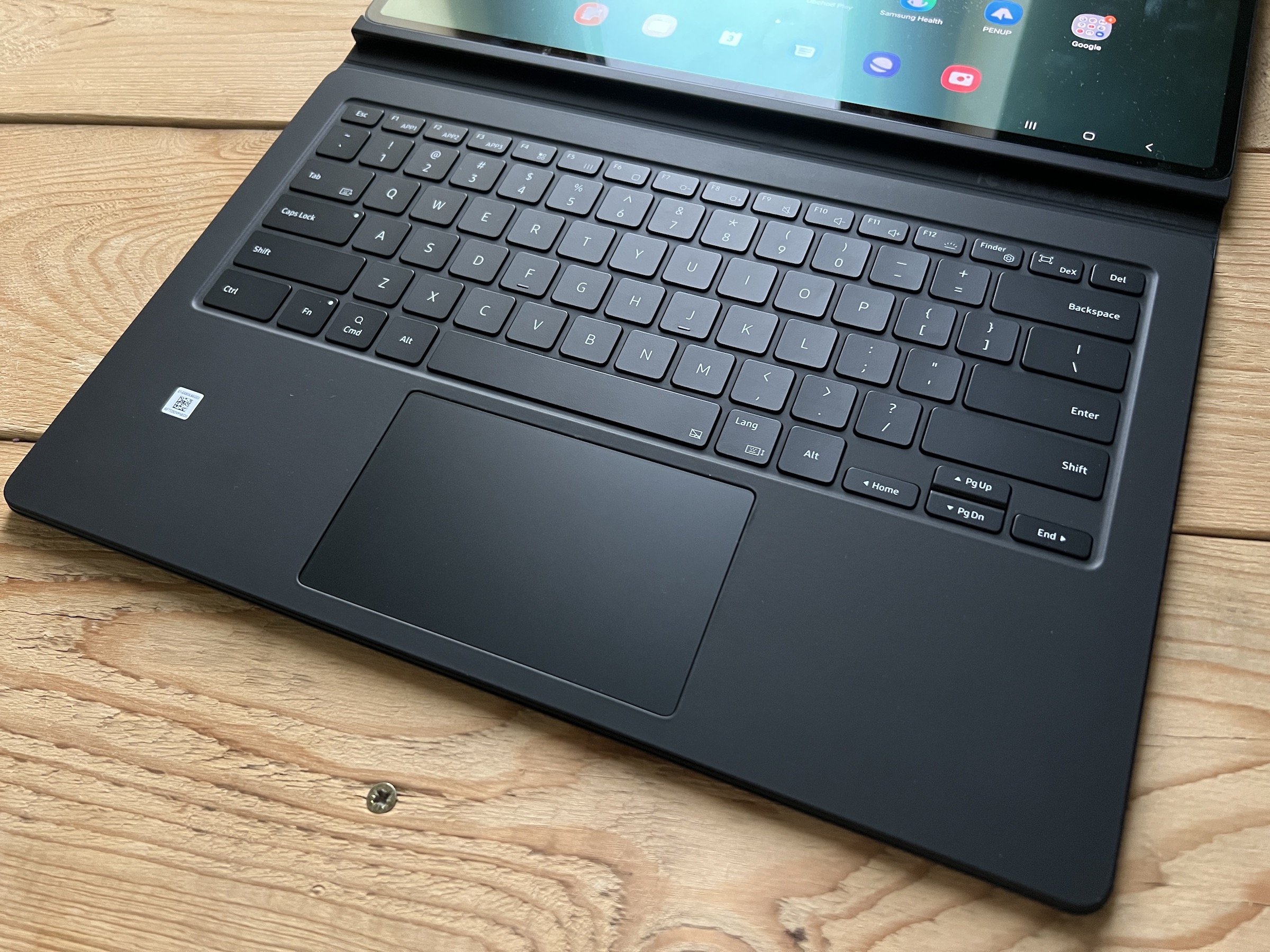
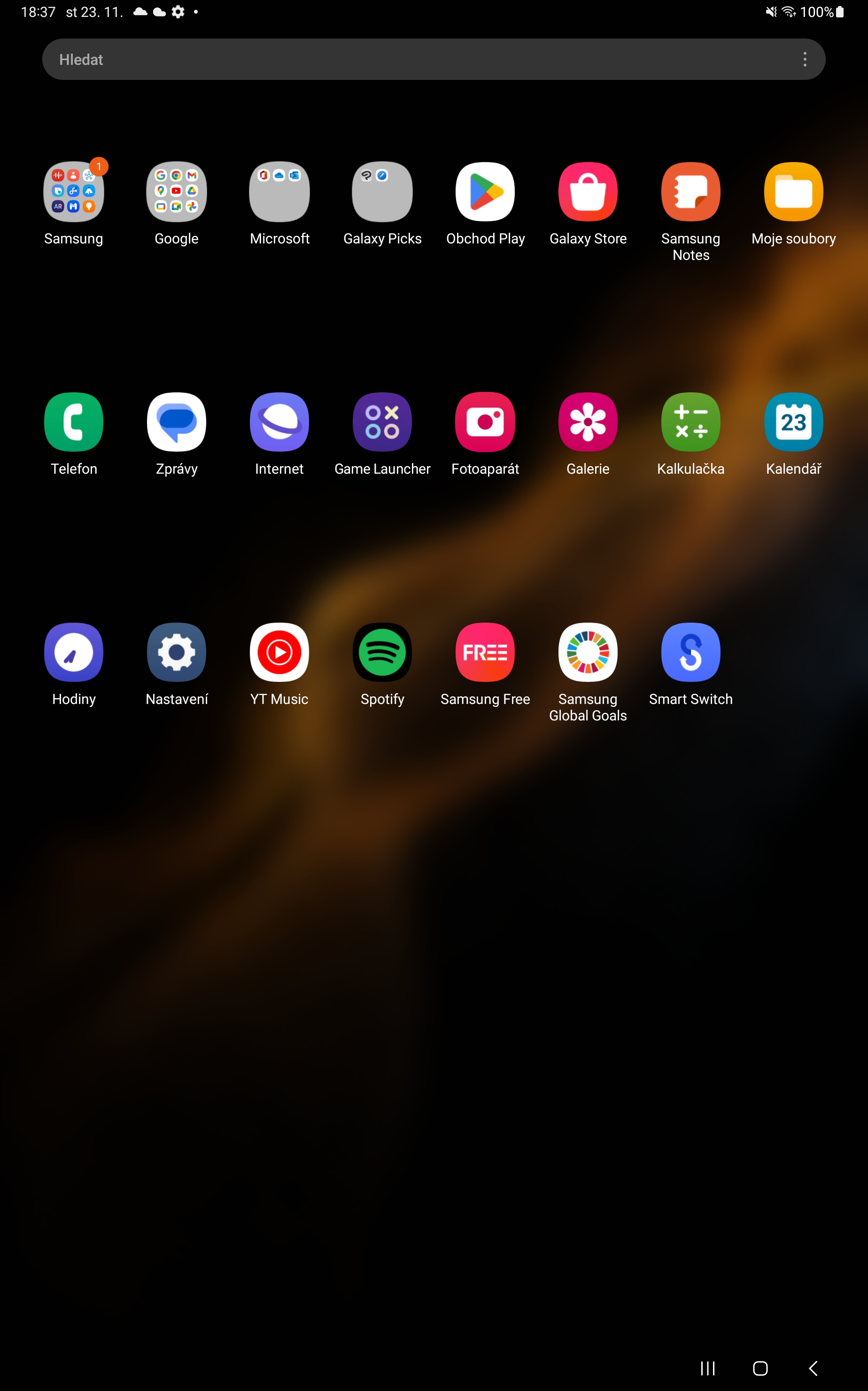
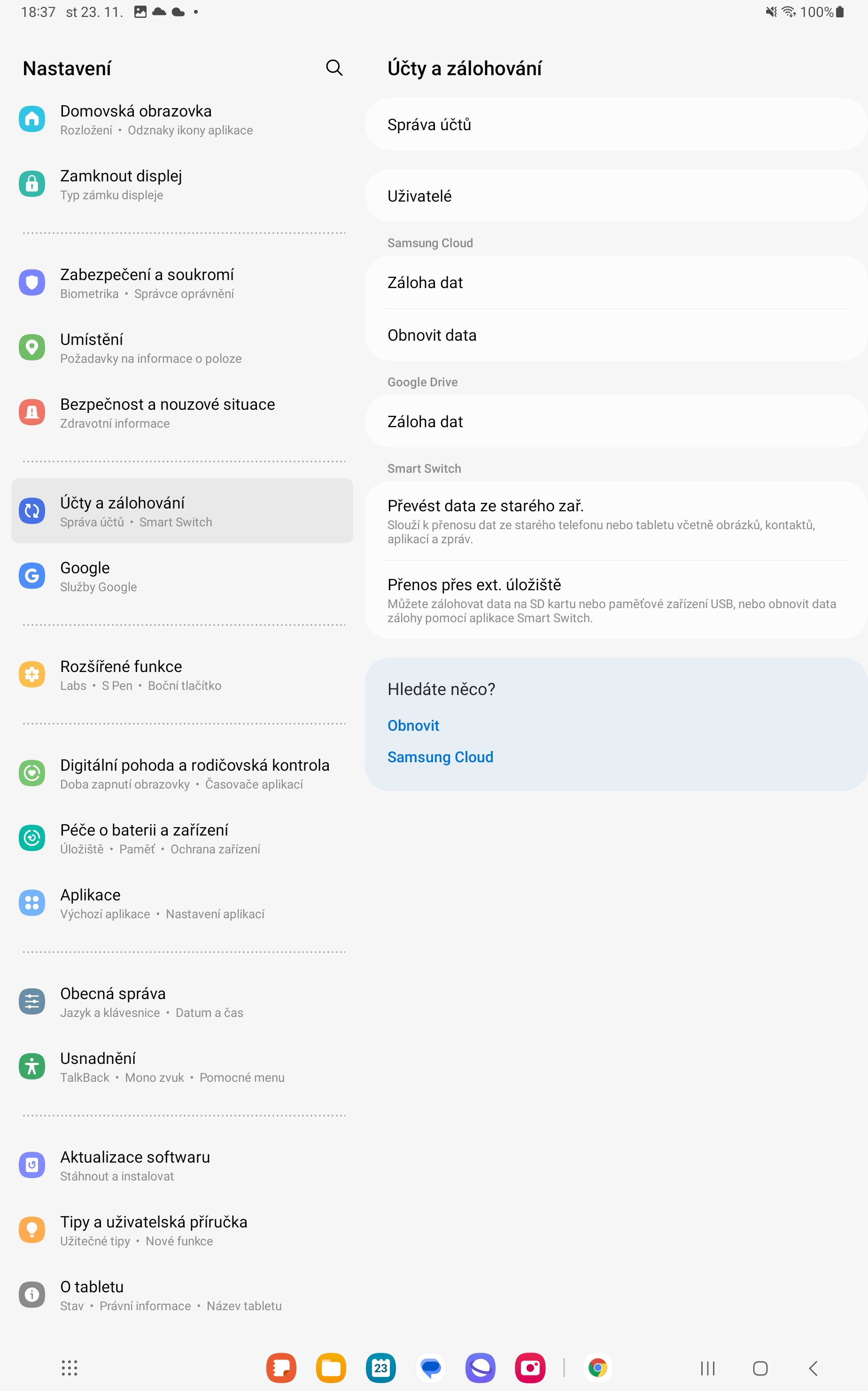

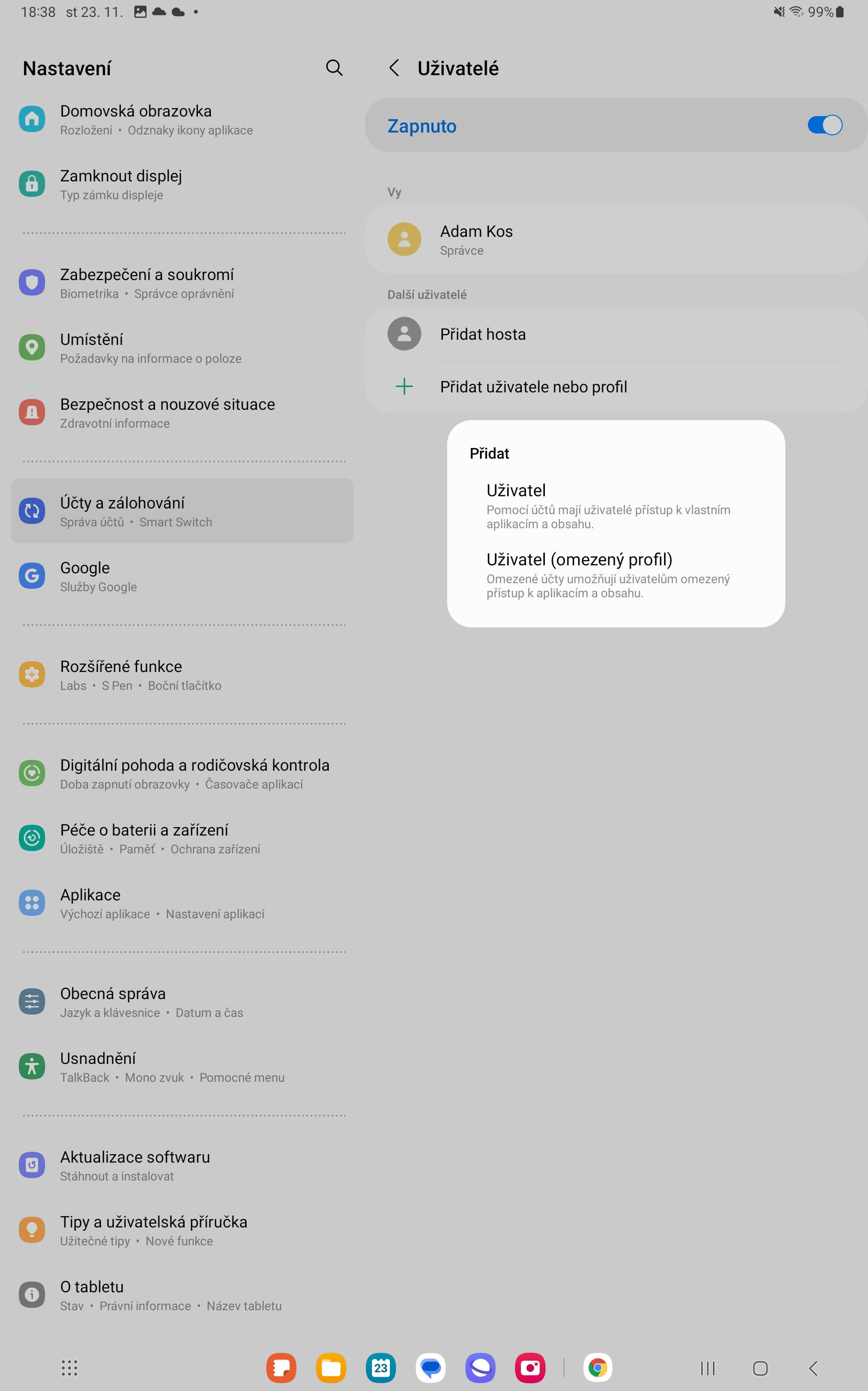
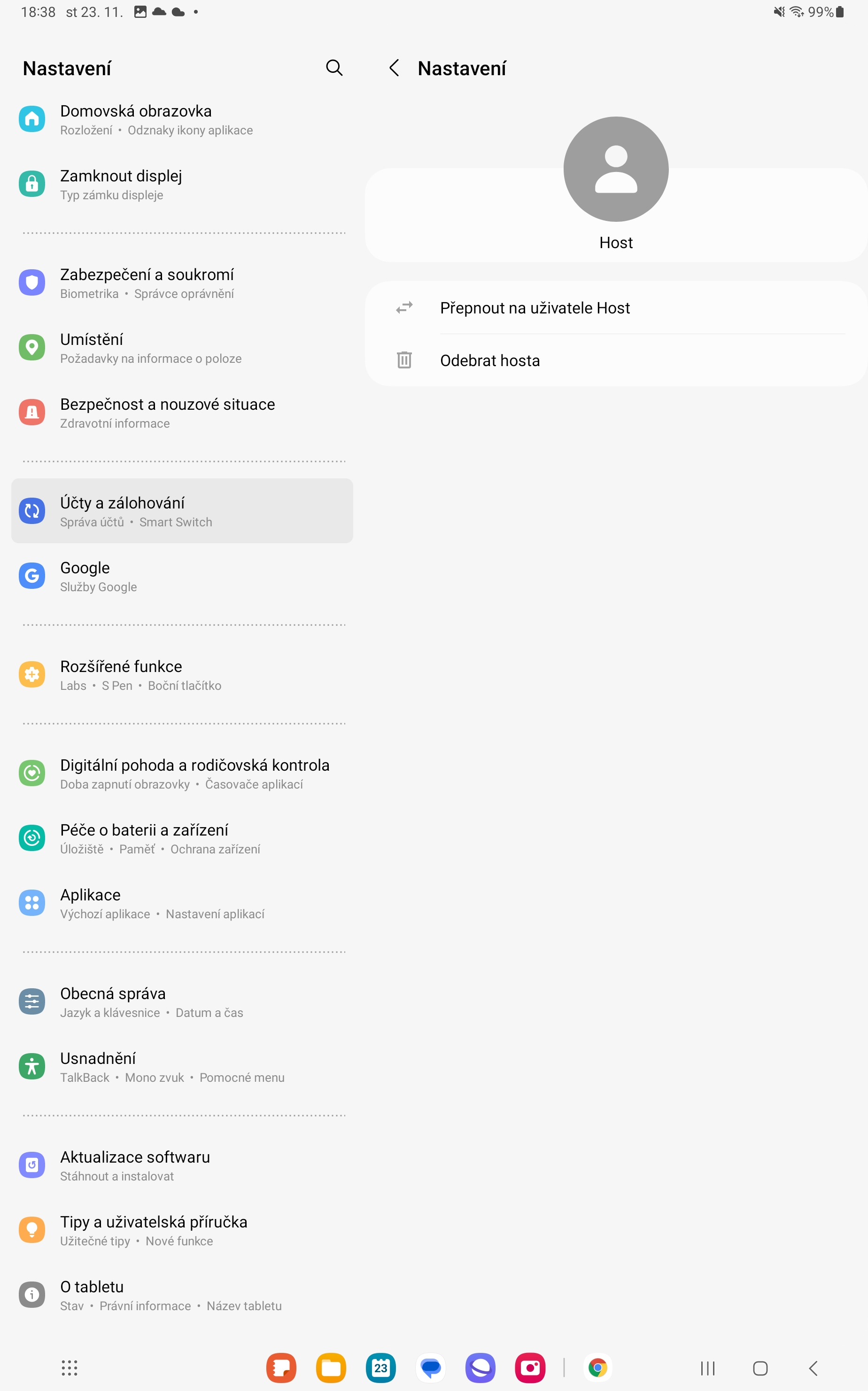
That's what I'm looking for. Thanks for the article. So today 10/2023 is it possible? I mean 2 full accounts on one iPad. Thanks